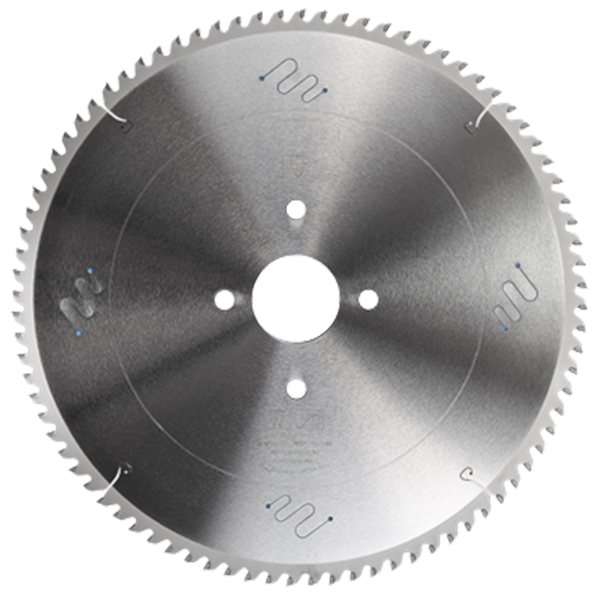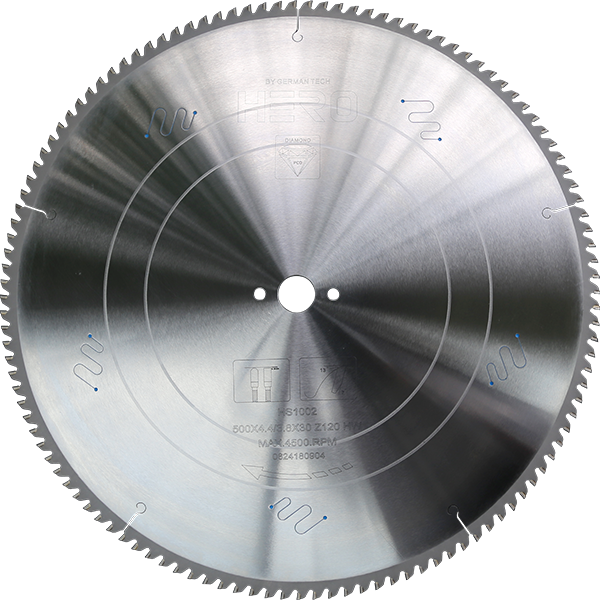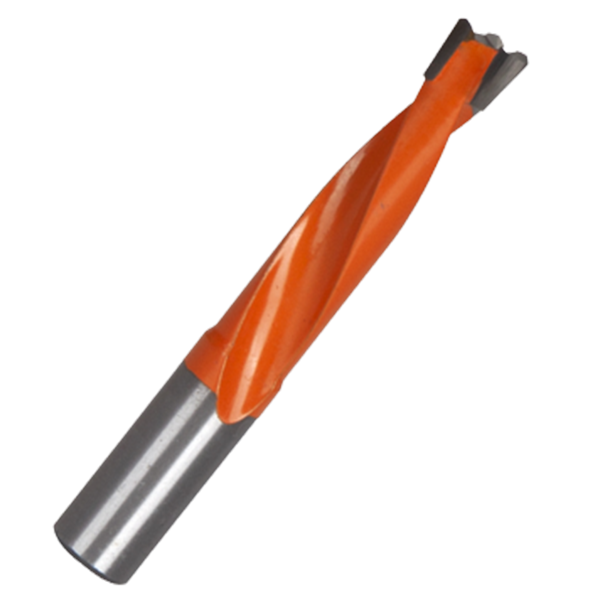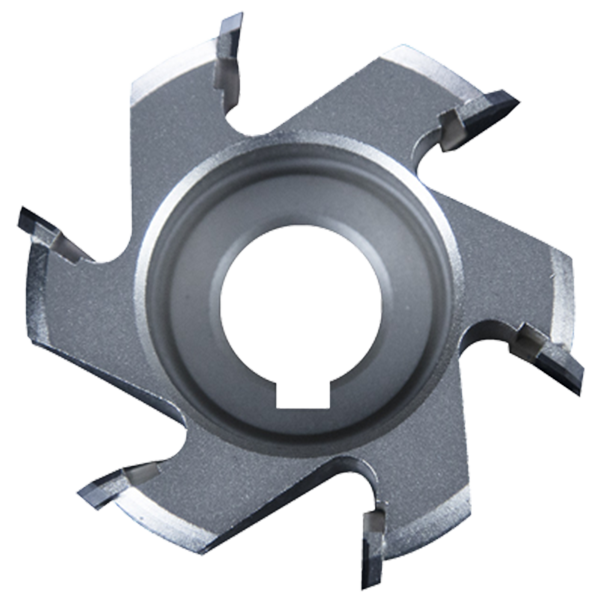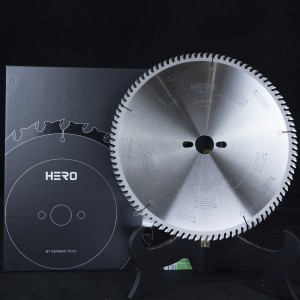Why does my table saw blade wobble?
Any imbalance in a circular saw blade will cause vibration. This imbalance can come from three places, lack of concentricity, uneven brazing of the teeth, or uneven offset of the teeth. Each causes a different type of vibration, all of which increase operator fatigue and increase the severity of tool marks on the cut wood.
Checking the arbor
The first step is to make sure the problem is due to arbor wobble. Get a good finishing blade, and start by cutting just a millimeter off the edge of a piece of lumber. Then, stop the saw, slide the lumber back against the edge of the blade, as shown, and turn the blade by hand to see where in the rotation it rubs against the piece of lumber.
In the position where it rubs the most, mark the arbor shaft with a permanent marker. After doing this, loosen the nut for the blade, turn the blade a quarter turn, and re-tighten. Again, check where it rubs (previous step). Do this a few times. If the place it rubs stays roughly at the same point of rotation of the arbor, then it’s the arbor that’s wobbling, not the blade. If the rubbing moves with the blade, then the wobble is from your blade.If you have a dial indicator, it’s fun to measure the wobble. At about 1″ from the tips of the teeth .002″ variation or less is good. But .005″ variation or more won’t give a clean cut.But just touching the blade to turn it will deflect it. It’s best to take the drive belt off and just spin it by grabbing the arbor for this measurement.
Grinding the wobble out
Clamp a rough (low grit number) grinding stone at a 45 degree angle to the heaviest piece of hardwood you have. Some heavy angle iron or bar steel would be even better, but use what you have.
With the saw running (with the belt back on), lightly push the stone against the flange of the arbor. Ideally, push it so lightly that it only makes contact with the arbor intermittently. As it’s rubbing against the flange of the arbor, move the stone forwards and backwards (away and towards you in the photo), and crank the blade up and down. The stone might get clogged up easily, so you might have to flip it over.
You may also see the occasional spark as you do this. This is ok. Just don’t let the arbor get too hot, as that might affect the accuracy of the operation. You should see sparks coming off it.
The ends of the stone do get full of metal this way, but seeing that this part of the stone is not used for sharpening, it doesn’t really matter. A coarse stone is better than a fine stone because it takes longer to clog. In the mean time, the saw arbor should end up being almost mirror smooth, even with a relatively coarse stone.
Truing the arbor flange
You can check the flatness of the washer by putting it on a flat surface, and pushing it along every spot along the edge. If it rocks up ever so slightly from doing this, then it’s not really flat. It’s a good idea to have a finger straddle the table and flange on the other side, and push firmly on the opposite side. It’s easier to feel small displacements with the finger on the opposite side than it is to see it rock up. A displacement of just .001″ can be felt very distinctively if your finger is in contact with both the flange and the table.
If the flange is not flat, put some fine sandpaper grain up on the table, and just sand the flange flat. Use circular strokes, and push with a finger in the middle of the hole. With pressure applied to the middle of the disk, and the disk rubbing against a flat surface it should get flat. Turn the disk by 90 degrees every once in a while as you do this.
Next, checked to see if the surface where the nut touches the flange was parallel to the wide side of the flange. Sanding the nut side of the flange parallel is an iterative process. Once it’s established where the high spot is, put pressure on that part while sanding.
Saw blade quality problem
Reason: The saw blade is poorly made and the stress distribution is uneven, which causes vibration when rotating at high speed.
Solution: Purchase high-quality saw blades that have been tested for dynamic balance.
Check the saw blade before use to ensure that its stress distribution is even.
The saw blade is old and damaged
Reason: The saw blade has problems such as wear, uneven saw plate, and tooth damage after long-term use, resulting in unstable operation.
Solution: Check and maintain the saw blade regularly, and replace old or damaged saw blades in time.
Make sure the teeth of the saw blade are intact, without missing or broken teeth.
The saw blade is too thin and the wood is too thick
Reason: The saw blade is not thick enough to withstand the cutting force of thick wood, resulting in deflection and vibration.
Solution: Choose a saw blade of appropriate thickness according to the thickness of the wood to be processed.Use thicker and stronger saw blades to handle thick wood.
Improper operation
Reason: Improper operation, such as the saw teeth are too high above the wood, resulting in vibration during cutting.
Solution: Adjust the height of the saw blade so that the teeth are just 2-3 mm above the wood.
Follow standard operation to ensure the correct contact and cutting angle between the saw blade and the wood.
Saw blade vibration not only affects the cutting quality, but also may bring safety hazards. By checking and maintaining the flange, selecting high-quality saw blades, replacing old saw blades in time, selecting appropriate saw blades according to the thickness of the wood, and standardizing operation, the saw blade vibration problem can be effectively reduced and the cutting efficiency and quality can be improved.
Post time: Jul-26-2024








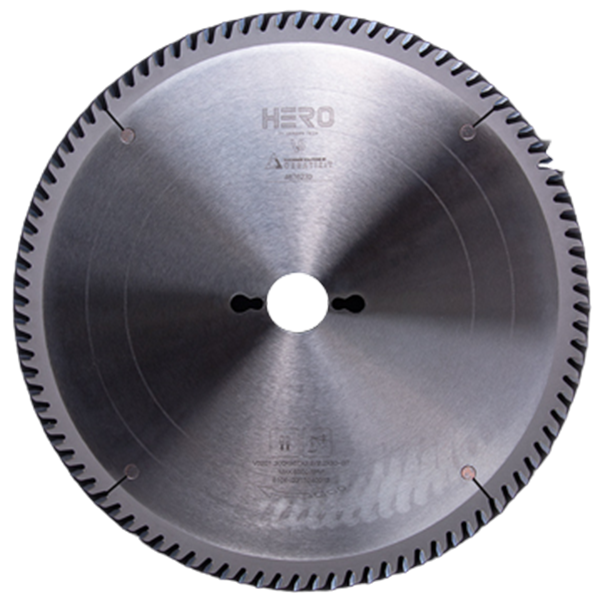 TCT Saw Blade
TCT Saw Blade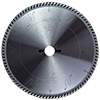 HERO Sizing Saw Blade
HERO Sizing Saw Blade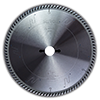 HERO Panel Sizing Saw
HERO Panel Sizing Saw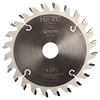 HERO Scoring Saw Blade
HERO Scoring Saw Blade HERO Solid Wood Saw Blade
HERO Solid Wood Saw Blade HERO Aluminum Saw
HERO Aluminum Saw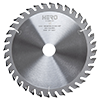 Grooving Saw
Grooving Saw Steel Profile Saw
Steel Profile Saw Edge Bander Saw
Edge Bander Saw Acrylic Saw
Acrylic Saw PCD Saw Blade
PCD Saw Blade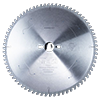 PCD Sizing Saw Blade
PCD Sizing Saw Blade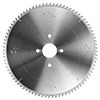 PCD Panel Sizing Saw
PCD Panel Sizing Saw PCD Scoring Saw Blade
PCD Scoring Saw Blade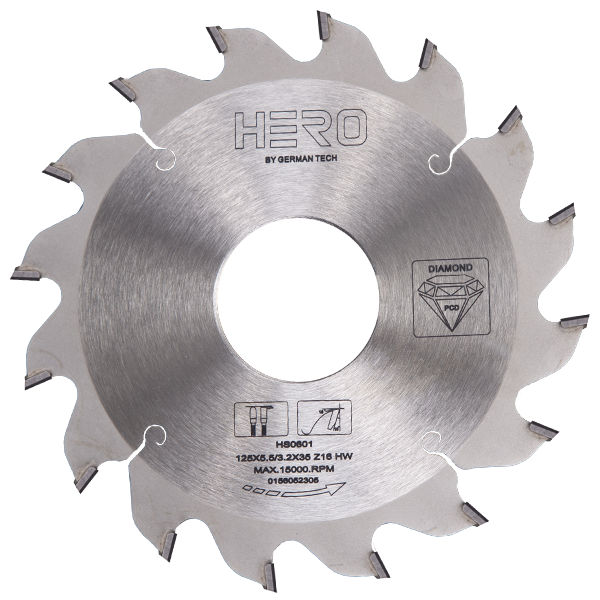 PCD Grooving Saw
PCD Grooving Saw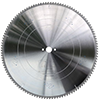 PCD Aluminum Saw
PCD Aluminum Saw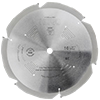 PCD Fiberboard Saw
PCD Fiberboard Saw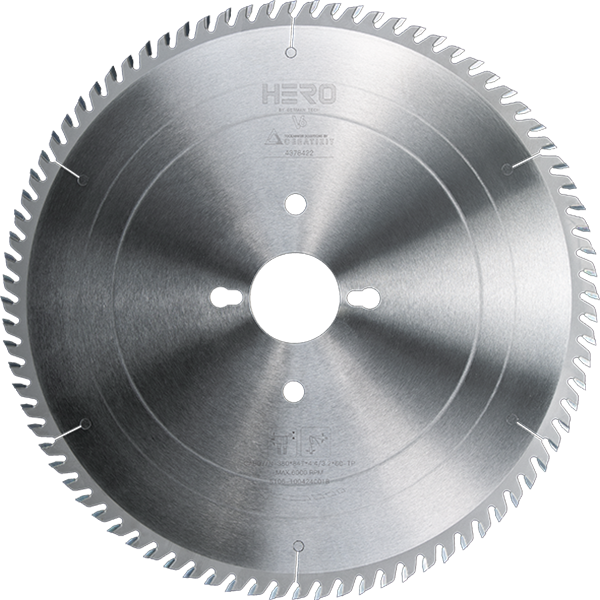 Cold Saw for Metal
Cold Saw for Metal Cold Saw Blade for Ferrous Metal
Cold Saw Blade for Ferrous Metal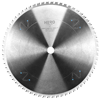 Dry Cut Saw Blade for Ferrous Metal
Dry Cut Saw Blade for Ferrous Metal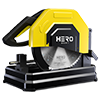 Cold Saw Machine
Cold Saw Machine Drill Bits
Drill Bits Dowel Drill Bits
Dowel Drill Bits Through Drill Bits
Through Drill Bits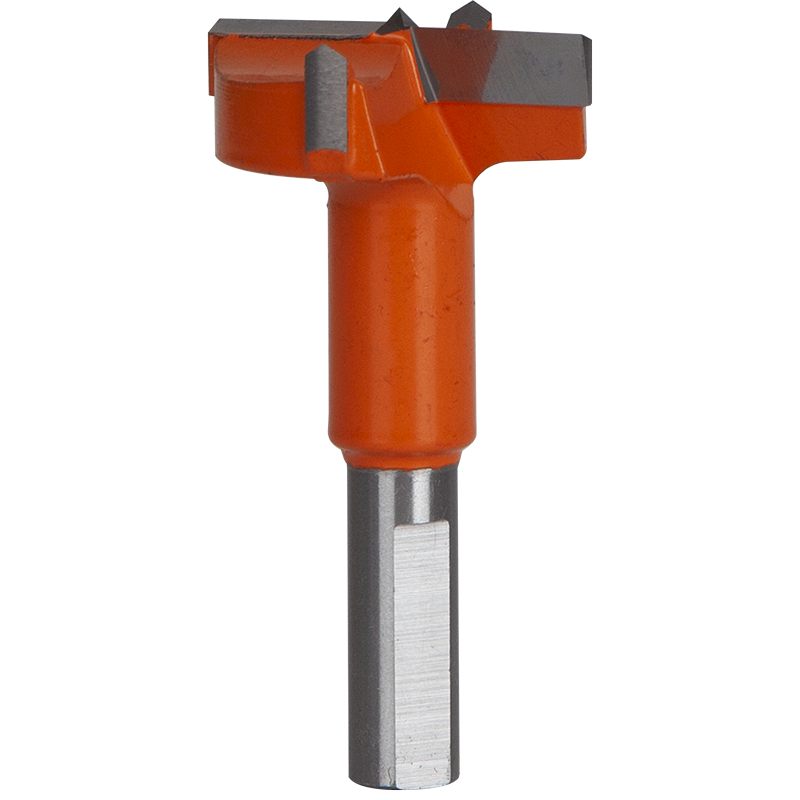 Hinge Drill Bits
Hinge Drill Bits TCT Step Drill Bits
TCT Step Drill Bits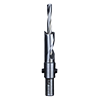 HSS Drill Bits/ Mortise Bits
HSS Drill Bits/ Mortise Bits Router Bits
Router Bits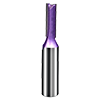 Straight Bits
Straight Bits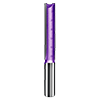 Longer Straight Bits
Longer Straight Bits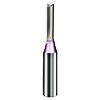 TCT Straight Bits
TCT Straight Bits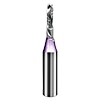 M16 Straight Bits
M16 Straight Bits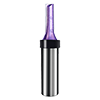 TCT X Straight Bits
TCT X Straight Bits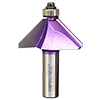 45 Degree Chamfer Bit
45 Degree Chamfer Bit Carving Bit
Carving Bit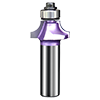 Corner Round Bit
Corner Round Bit PCD Router Bits
PCD Router Bits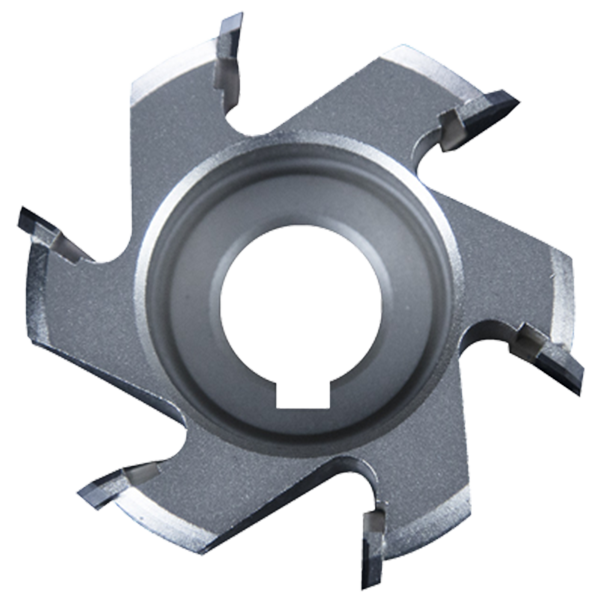 Edge Banding Tools
Edge Banding Tools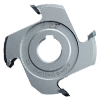 TCT Fine Trimming Cutter
TCT Fine Trimming Cutter TCT Pre Milling Cutter
TCT Pre Milling Cutter Edge Bander Saw
Edge Bander Saw PCD Fine Trimming Cutter
PCD Fine Trimming Cutter PCD Pre Milling Cutter
PCD Pre Milling Cutter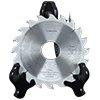 PCD Edge Bander Saw
PCD Edge Bander Saw Other Tools & Accessories
Other Tools & Accessories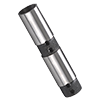 Drill Adapters
Drill Adapters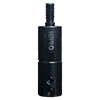 Drill Chucks
Drill Chucks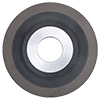 Diamond Sand Wheel
Diamond Sand Wheel Planer Knives
Planer Knives
